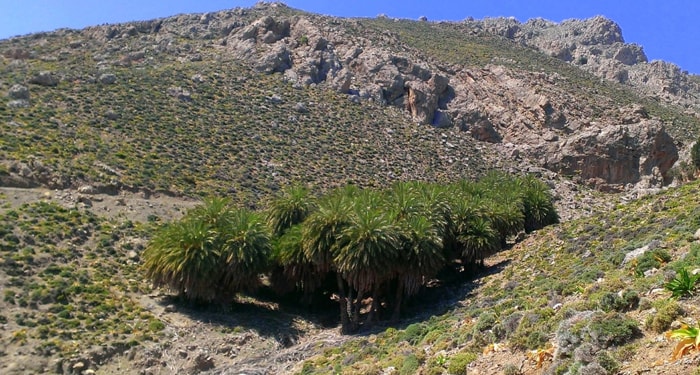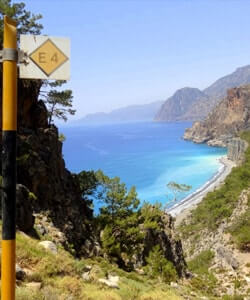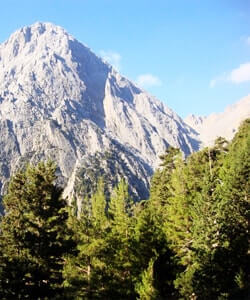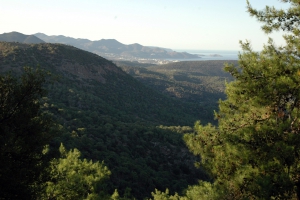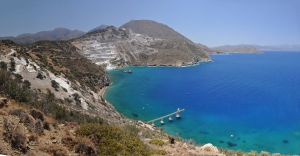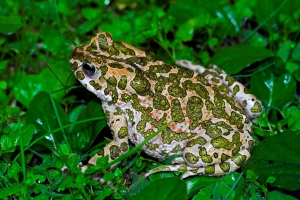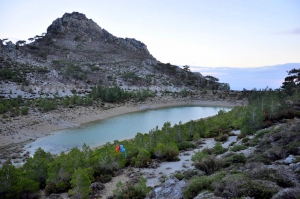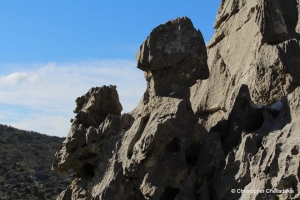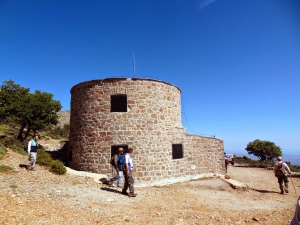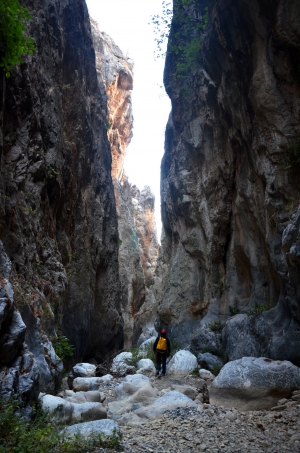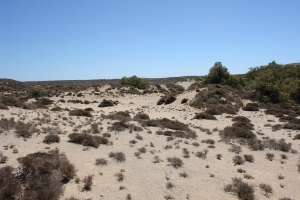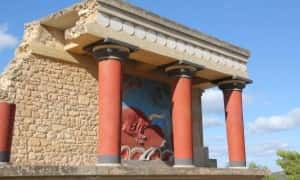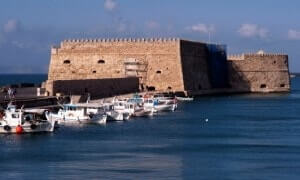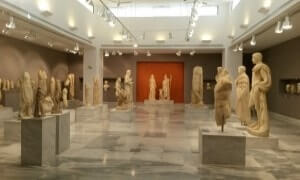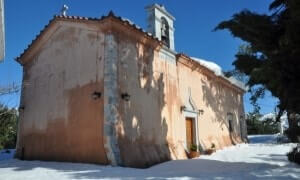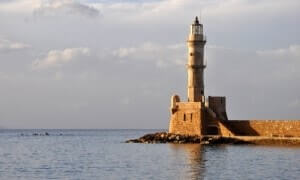Prina Village is located 24 km SE of Agios Nikolaos and 14 km N of Ierapetra. The hills of Prina are covered by a very important pine forest, which sadly has been burnt several times recently.
West of Mochlos and east of Malavra springs, you’ll see the plaster mines of the area. The site is called Altsi from the Turkish word alçı, which means gypsum, plaster. This region hosts two small beaches, totally unknown to everybody, as it is not accessed due to the mines. Access to the beaches of Altsi is possible via the road leading to the mills that grind the stones (the paved road signed as a dead end before Mochlos).
The European Green Toad (scient. Pseudepidalea viridis or Bufo shaartusiensis or Bufo sitibundus or Bufo viridis or Rana picta) is a widespread species of European toad, which is also found in Crete. The difference between toads and frogs is that toads have dry, warty skin, while frogs have smooth, wet skin.
The secluded lake is the unique lake at Thripti and gets its name (skafi means tub in Greek) after its oblong shape. During spring, water is very clear and is perfect for a cold bath. To access this amazing place, follow the dirt track west of Orino village and after 2km walk or drive along the concrete chute that carries water from the mountains to the lake.
This is an entire mountainside with spectacular naturally carved rocks having amazing shapes. They are extremely sharp and stand tall like meteors in the sky, and between them aisles are formed that leave space for walking and for a few shrubs and trees.
The shelter of Samari or Toumbotos Prinos is located at an altitude of 1600m on the western outskirts of Psiloritis Mt. The shelter can be accessed by hiking 4 hours from Fourfouras village (part of the European E4 foot trail) or driving in a 12km long dirt road starting from the village Kouroutes.
The canyon of Panagia (Virgin Mary), also known as Kalami I is parallel to the gorge Xerofarago or Kalami II and takes its name after the former monastery of Panagia Keralimeniotissa located at its exit.
The desert region bears the place name Elia by a centuries-old olive tree, the only tree in the area and is one of the 4 total olive trees (!) that we meet throughout the island. The existence of this secret desert does not seem in any beach of the island shows how close the island is located to the African climate and continent.





